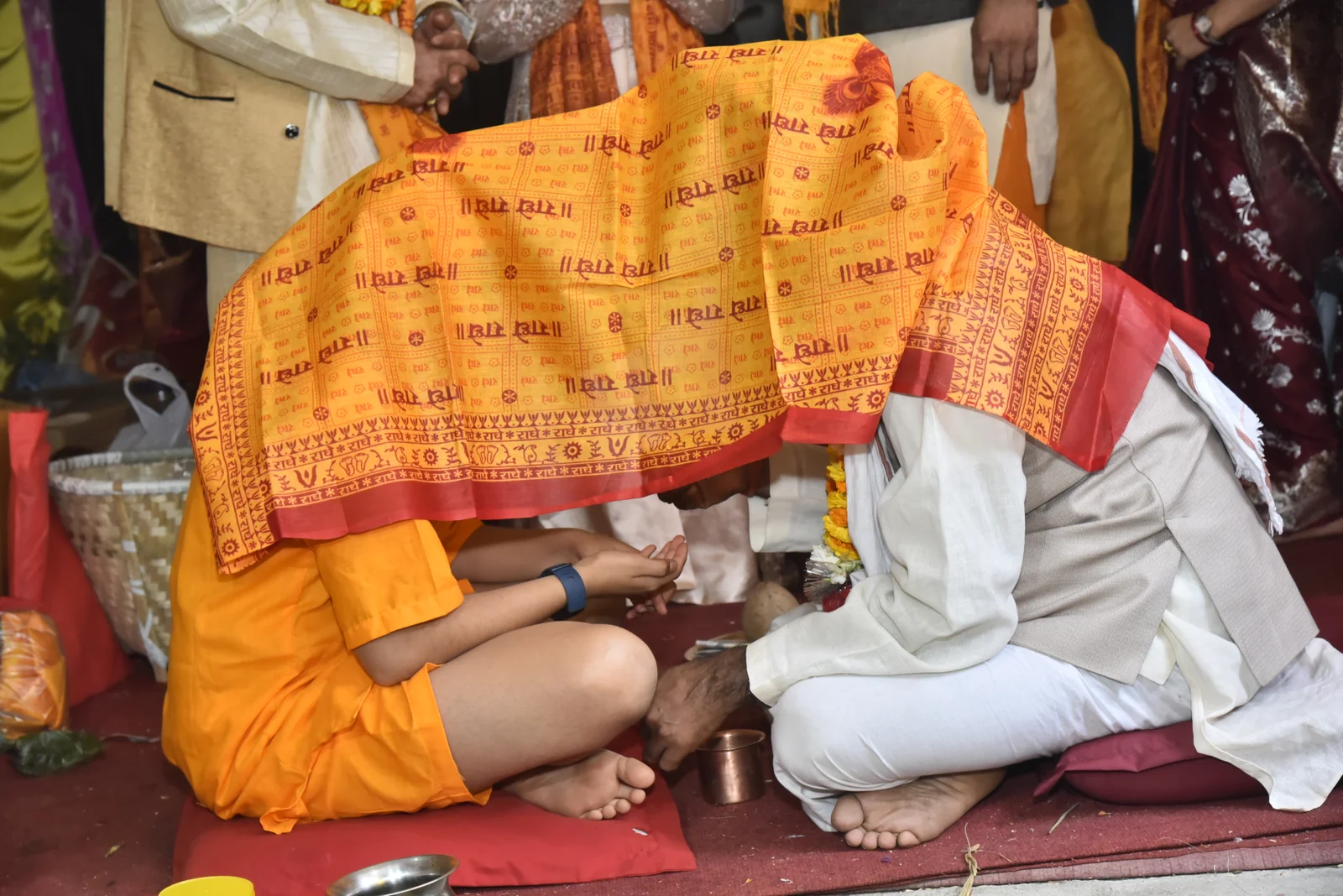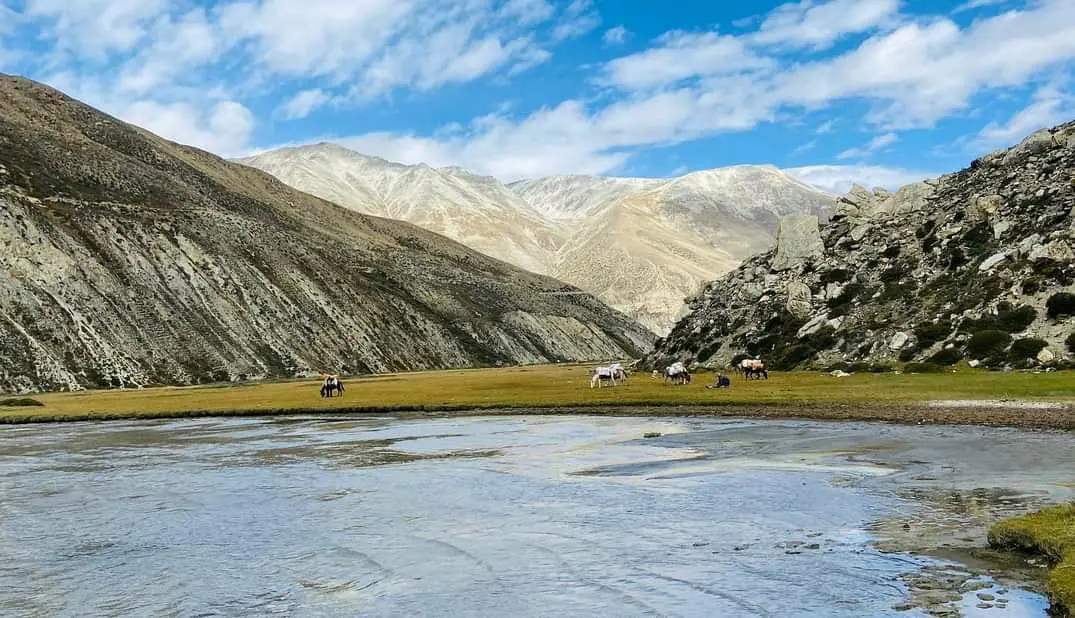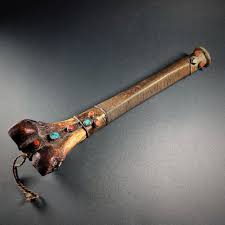Share this Article
Chhath Puja is one of the most revered festivals in Nepal, especially among the people from the Terai region and the Mithila culture. It is a festival of deep faith, devotion, and spiritual significance, centered around the worship of Surya (the Sun God). The festival typically spans four days and is observed in honor of the Sun God and his consort, Usha, the goddess of dawn, to ensure the well-being and prosperity of family members.
Historical Significance and Purpose of Chhath Puja
Chhath Puja holds a special place in the hearts of devotees who believe that by offering prayers and fasting in devotion to Surya, they can attain health, wealth, and spiritual peace. It is also a means of giving thanks for the Sun’s life-giving energy and the bounty of nature. In some traditions, it is also believed that performing the rituals helps in absolving one's sins and gaining divine blessings.
The festival emphasizes purity and discipline. Devotees observe strict fasting, often abstaining from both food and water for extended periods, and they bathe in holy rivers or ponds as a symbol of purification. The festival is traditionally celebrated by the people of the Maithili, Bhojpuri, and Tharu ethnic groups, but over the years, it has gained significance across various communities.
The Rituals of Chhath Puja
The festival lasts for four days, each with its own set of rituals and significance:
- Nahay Khay (Day 1):
- The first day of Chhath Puja is dedicated to cleansing. Devotees take a ritualistic bath in rivers or ponds, symbolizing the purification of the body and soul. After this, they consume a simple meal made from rice, lentils, and vegetables. This meal is usually prepared by the women of the household. The day marks the beginning of a period of fasting and devotion.
- Kharna (Day 2):
- The second day is marked by a strict fast from sunrise to sunset. Women fast without consuming even a drop of water. After sunset, they break their fast with a special meal, which consists of kheer (a rice pudding), fruits, and sweets, usually prepared using jaggery. This meal is offered to the Sun God at sunset as a gesture of gratitude.
- Sankalpa and Offerings (Day 3):
- On the third day, devotees prepare offerings of fruits, thekua (a traditional sweet made from wheat flour, jaggery, and ghee), and other items. These offerings are then presented to the Sun God while standing in water. Devotees, especially women, continue their fast, praying for the health and prosperity of their families. This is a highly spiritual day marked by chanting hymns and singing devotional songs.
- Usha Arghya (Day 4):
- The final day of Chhath Puja begins with devotees offering prayers to the rising Sun. This is a very significant ritual, where people gather on riverbanks, ponds, or designated ghats to offer "Arghya" (water offerings) to the Sun God. Devotees believe that by offering Arghya to the rising Sun, they can bring good fortune and blessings into their lives. This ritual is often accompanied by songs of praise for Surya, and it concludes with the devotees breaking their fast.
Famous Places to Visit During Chhath Puja in Nepal
Nepal, with its rich cultural heritage and religious diversity, has several iconic places where Chhath Puja is celebrated with great fervor. The following locations are known for their large-scale celebrations and spiritual significance during the festival:
- Kathmandu Valley:
- Though Kathmandu, the capital city of Nepal, is predominantly known for its Hindu temples and religious significance, it also sees a vibrant celebration of Chhath Puja. Riverbanks and ponds around the valley are filled with devotees performing the rituals. Popular places include the Bagmati River, where devotees gather to offer prayers, and the famous Pashupatinath Temple area. Many people from the Terai region who live in Kathmandu also return to their ancestral homes during Chhath to celebrate.
- Janakpur:
- Janakpur, the birthplace of Sita (from the Ramayana), is a prominent cultural and religious hub in Nepal. The city, known for its Mithila culture, witnesses a grand celebration of Chhath Puja. The large ponds and the surrounding riverbanks become focal points for Chhath worshippers. The Maithili-speaking community here takes part in large community gatherings, and Janakpur becomes a melting pot of religious devotion, with thousands of devotees visiting the area to perform the rituals.
- Rautahat:
- Rautahat, a district in the southern part of Nepal, has a significant population of Mithila and Bhojpuri-speaking people who celebrate Chhath Puja with much enthusiasm. The rivers, ponds, and open fields of this area are flooded with devotees offering prayers to the Sun. The picturesque setting, with colorful decorations and traditional rituals, draws both locals and visitors from nearby regions.
- Lahan:
- Located in the eastern Terai region of Nepal, Lahan is known for its large-scale celebrations of Chhath Puja. The city’s banks, rivers, and ponds fill up with devotees during the festival. The worshippers here follow traditional customs closely, and the community spirit is particularly strong. The event draws visitors from nearby towns, making it one of the central points for Chhath Puja observances in the Terai.
- Biratnagar:
- Biratnagar, one of the major cities in the eastern Terai region of Nepal, is home to a large population of people who celebrate Chhath Puja. The local rivers, including the Koshi River, become places of reverence where devotees gather to offer their prayers to the Sun God. The festival is marked by its community spirit, with friends and families coming together to celebrate the occasion.
- Sunsari District:
- Located in the eastern part of Nepal, Sunsari is another district where Chhath Puja is widely observed. The rivers and ponds in this district become the focal points of Chhath celebrations. Many devotees travel from the surrounding villages to perform the rituals in the serene environments of Sunsari.
- Nepalgunj:
- Nepalgunj, in the far western region of Nepal, is known for its religious observances, and Chhath Puja is one of the most significant festivals here. The riverbanks and local ponds witness large gatherings of people offering prayers and seeking blessings from Surya. The festival is celebrated with great enthusiasm in the rural areas surrounding Nepalgunj.
Community Involvement and Cultural Practices
Chhath Puja is not just a religious ritual but a community festival. In rural and urban areas alike, the festival promotes social harmony, family unity, and cultural preservation. Many families start preparations days in advance, cleaning their homes, purchasing new clothes, and gathering materials for offerings. In some regions, people even decorate their homes and streets with lights, while the sound of devotional songs fills the air.
Conclusion
Chhath Puja in Nepal is an extraordinary celebration of devotion, culture, and community. It is an occasion where families come together to offer their gratitude to the Sun God, seeking his blessings for health, wealth, and prosperity. Whether on the ghats of Kathmandu, the riverbanks of Janakpur, or the scenic locations of the Terai, the festival provides a vibrant display of religious fervor, cultural unity, and the timeless connection between humans and nature. The four-day festival not only offers a spiritual experience but also reinforces the importance of discipline, faith, and gratitude in everyday life.
Categories:
Travel & Tourism
,
Culture & Traditions
,
History & Heritage
,
Lifestyle & Local Life
Tags:
tradition







